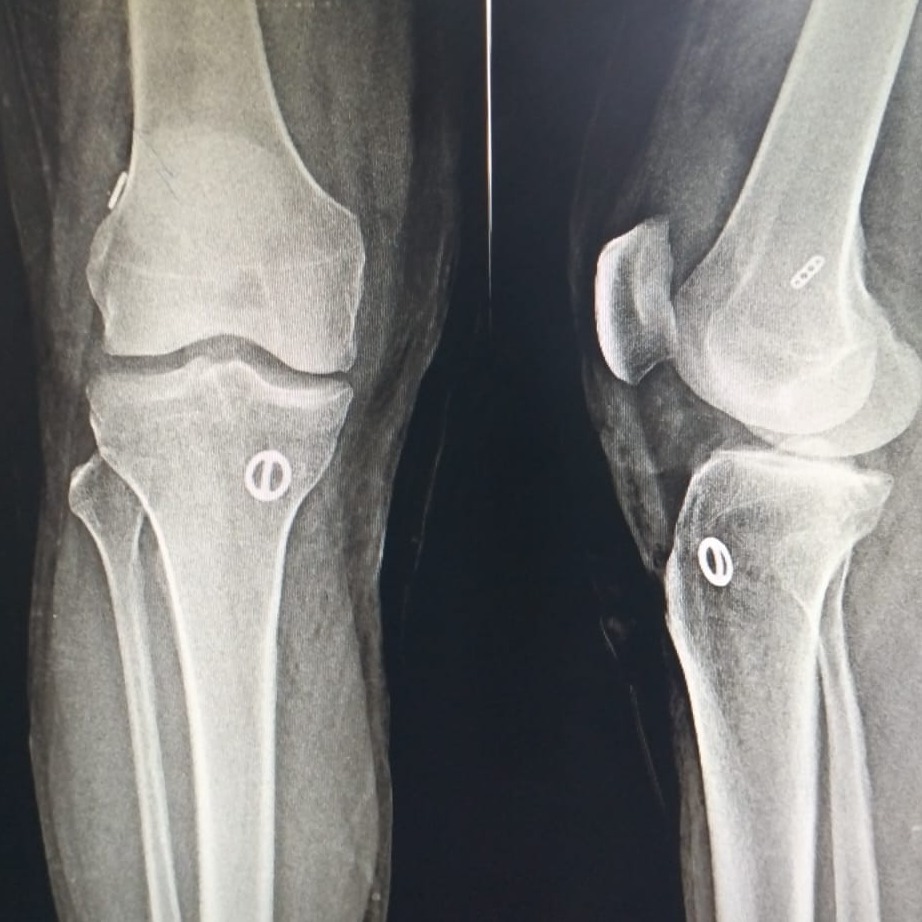+918055553590

This is your website preview.
Currently it only shows your basic business info. Start adding relevant business details such as description, images and products or services to gain your customers attention by using Boost 360 android app / iOS App / web portal.
ACL Injury and ACL Reconstruction Surgery Introdu...

ACL Injury and ACL Reconstruction Surgery Introduction The Anterior Cruciate Ligament (ACL) is one of the key ligaments that help stabilize the knee joint. It connects the femur (thigh bone) to the tibia (shin bone) and prevents excessive forward movement of the tibia relative to the femur. ACL injuries are among the most common knee injuries, particularly in athletes engaged in sports that involve sudden stops, pivoting, or jumping—such as soccer, basketball, and skiing. ACL Injury Causes An ACL injury typically occurs due to: Sudden changes in direction or pivoting with the foot planted Incorrect landing from a jump Direct collision or blow to the knee (e.g., during a tackle) Symptoms A “popping” sound or sensation in the knee at the time of injury Severe pain and inability to continue activity Rapid swelling Loss of range of motion Feeling of instability or “giving way” when bearing weight Diagnosis Diagnosis involves: Clinical Examination: Special tests such as Lachman test, Anterior Drawer test, and Pivot Shift test Imaging: MRI to confirm the diagnosis and assess damage to other structures (meniscus, cartilage, etc.) X-rays to rule out associated fractures Treatment Options Non-Surgical Management Non-operative treatment may be considered for: Partial ACL tears Patients with low physical demands Those willing to modify their activity level It includes: Physical therapy Bracing Activity modification Surgical Management: ACL Reconstruction In active individuals and athletes, or those with a complete ACL tear and instability, ACL reconstruction surgery is usually recommended. ACL Reconstruction Surgery Objective To restore the stability and function of the knee by reconstructing the torn ACL using a graft. Types of Grafts Autograft (from patient’s own body) Patellar tendon Hamstring tendon Quadriceps tendon Allograft (from a donor) Used in older or less active patients Surgical Procedure Performed arthroscopically (minimally invasive) The torn ACL is removed A tunnel is drilled into the femur and tibia The graft is inserted and fixed using screws or other fixation devices The graft eventually integrates and functions as a new ligament Postoperative Rehabilitation Crucial for successful outcomes Structured physical therapy over several months Phases include: Reducing swelling and restoring range of motion Strengthening muscles around the knee Gradual return to sports and high-impact activities (typically after 6–9 months) Risks and Complications Graft failure Knee stiffness or loss of motion Infection Blood clots Persistent instability Reinjury, especially in young athletes Prognosis With proper surgical technique and rehabilitation: Most patients return to pre-injury activity levels Reinjury is possible, especially in high-risk sports Prevention programs focusing on strength and neuromuscular control can reduce future injury risk Conclusion ACL injuries are serious and potentially career-altering, especially for athletes. While non-surgical treatment may suffice in select cases, ACL reconstruction surgery remains the gold standard for restoring knee stability and function in active individuals. With advances in surgical techniques and rehabilitation protocols, outcomes are generally favorable, allowing patients to return to their desired level of activity.

